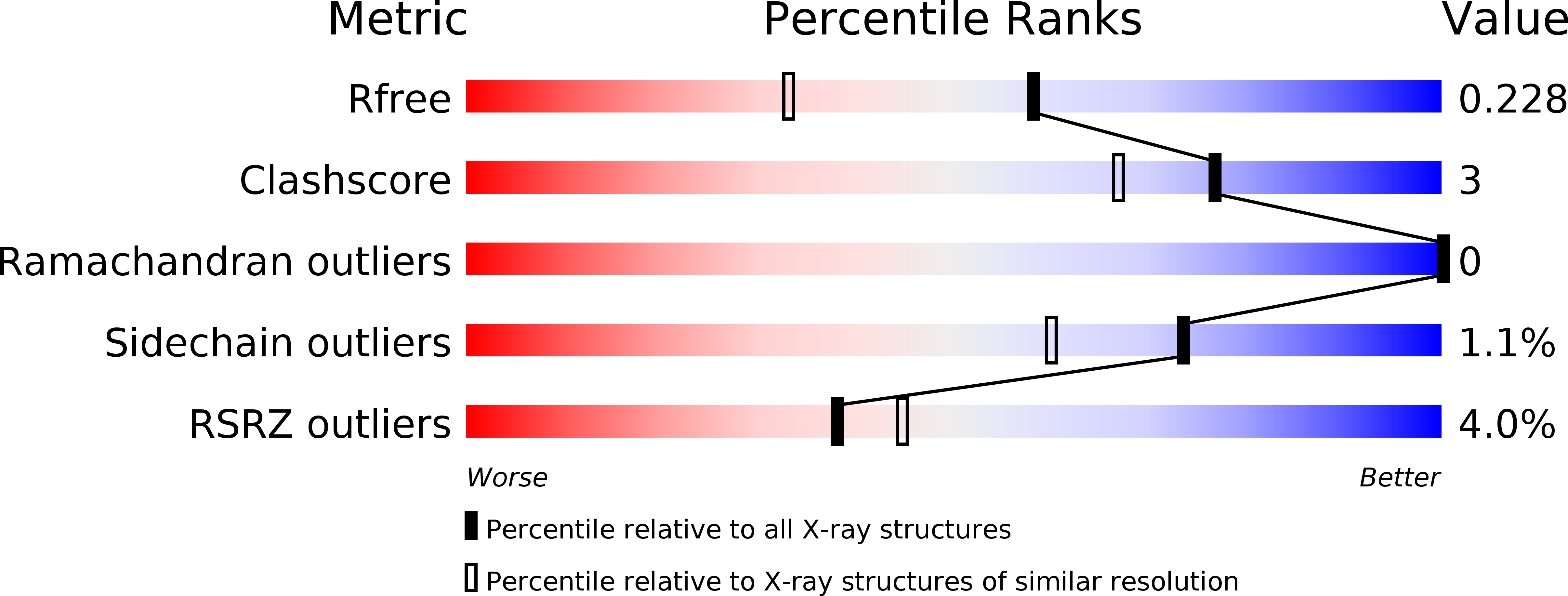
Deposition Date
2011-04-22
Release Date
2011-05-25
Last Version Date
2024-11-06
Entry Detail
PDB ID:
3RNN
Keywords:
Title:
Crystal Structure of iGluR2 Ligand Binding Domain with Symmetric Sulfonamide Containing Potentiator
Biological Source:
Source Organism:
Homo sapiens (Taxon ID: 9606)
Host Organism:
Method Details:
Experimental Method:
Resolution:
1.75 Å
R-Value Free:
0.22
R-Value Work:
0.18
R-Value Observed:
0.18
Space Group:
P 21 21 2


